Where is the Light Sensor on a Solar Garden Light?
Solar garden lights are a cornerstone of modern eco-friendly lighting, offering an efficient way to brighten gardens, pathways, and outdoor spaces without relying on traditional electricity. A key feature that makes these lights both practical and energy-efficient is their ability to turn on and off automatically, a function driven by the light sensor. For anyone installing, maintaining, or troubleshooting these devices, a common question arises: Where is the light sensor located on a solar garden light? This article provides a detailed exploration of its typical placement, purpose, and maintenance, tailored for readers of a solar energy magazine seeking authoritative insights into solar-powered lighting solutions.
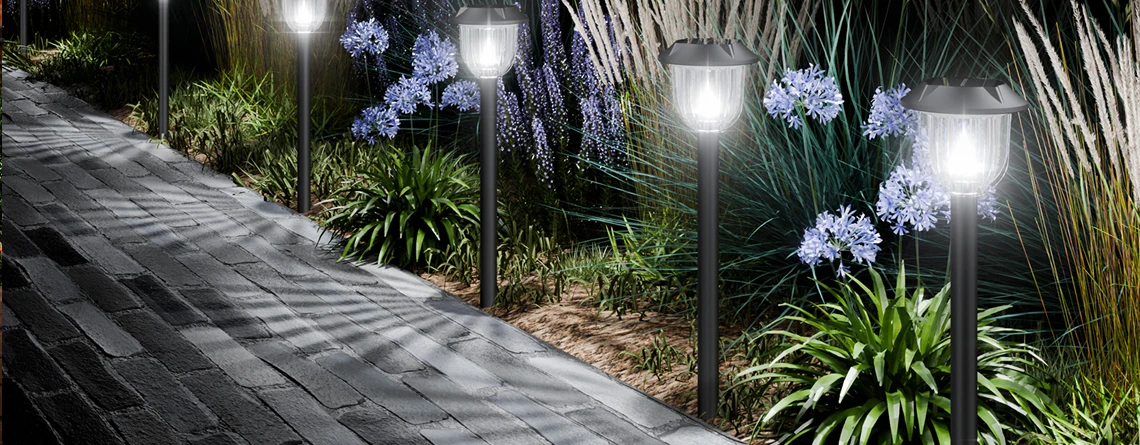
The Anatomy of a Solar Garden Light
To pinpoint the light sensor, it’s worth first understanding the basic components of a solar garden light. These devices are ingeniously simple yet effective, consisting of:
- Solar panel: Captures sunlight and converts it into electricity.
- Rechargeable battery: Stores energy for use after dark.
- LED light source: Emits illumination efficiently.
- Controller: Regulates energy flow between the panel, battery, and light.
- Light sensor: Detects ambient light levels to automate operation.
- Lamp housing: Shields components from weather and wear.
The light sensor stands out as the component responsible for the light’s smart functionality, making its location critical to both design and performance.
The Role of the Light Sensor
The light sensor, often a photoresistor or photodiode, is the brain behind the automation of solar garden lights. It measures surrounding light levels and signals the controller to switch the LED light on when darkness falls—typically at dusk—and off when daylight returns. This seamless operation not only enhances convenience but also maximizes energy efficiency in solar lighting by ensuring the rechargeable battery isn’t drained unnecessarily during the day. Without a properly functioning light sensor, a solar garden light would lose its hallmark autonomy, requiring manual intervention or wasting energy.
Where to Find the Light Sensor
So, where exactly is this pivotal component located? While designs vary across manufacturers and models, the light sensor is typically positioned in one of these spots:
1. Near or Within the Solar Panel
In many solar garden lights, the light sensor is integrated into or placed close to the solar panel, often on top of the unit. This placement ensures the sensor experiences the same light conditions as the panel, providing accurate readings for switching the light on or off. Visually, it might appear as a small, dark dot or bulb-like feature on the panel’s surface.
2. On the Lamp Housing
Another common location is the lamp housing, either on the top or side. Here, the light sensor is exposed to ambient light but shielded from direct interference like shadows or debris. It may look like a tiny translucent window or a recessed element, blending into the light’s aesthetic while remaining functional.
3. Inside the Fixture
For compact or decorative solar garden lights, the light sensor might be tucked inside the lamp housing, accessible to light through a small opening or lens. This design protects it from environmental damage but can make it trickier to spot without closer inspection.
4. Design-Specific Variations
High-end or unconventional models might deviate from these norms. For instance, lights with remote solar panels connected by cables could position the light sensor near the LED light instead of the panel. To confirm the exact spot on your device, consulting the product manual or manufacturer’s resources is a wise step.
How to Locate the Light Sensor on Your Light
If you’re peering at your solar garden light and unsure where the light sensor hides, try these practical methods:
- Look Closely: Scan the solar panel or lamp housing for a small, dark, or translucent component—often subtle but distinct.
- Test It Out: Cover the suspected area with your hand or a cloth. If the LED light activates (assuming the battery is charged), you’ve likely found it.
- Refer to Documentation: The user manual or manufacturer’s website often includes diagrams pinpointing the light sensor.
- Reach Out: When in doubt, customer support can provide model-specific guidance.
Knowing its location is the first step to ensuring your solar-powered lighting solutions perform as intended.
Why the Light Sensor Matters
The light sensor isn’t just a convenience feature—it’s a linchpin of energy efficiency in solar lighting. By restricting operation to nighttime, it preserves the rechargeable battery, extending the durability of solar garden lights. This efficiency aligns with the broader appeal of eco-friendly lighting, reducing energy waste and enhancing sustainability. A malfunctioning sensor, however, can disrupt this balance, causing the light to stay on during the day or fail to illuminate at night—issues that undermine both performance and user satisfaction.
Troubleshooting Light Sensor Problems
When a solar garden light behaves oddly, the light sensor is often at the heart of the issue. Here’s how to address common problems:
Light Remains On During Daylight
If your light doesn’t switch off at dawn, the light sensor might be dirty or blocked. Wipe it with a soft cloth and mild dish soap, and clear away any leaves or dust obstructing it.
No Illumination at Night
A light that stays dark could indicate a sensor failing to detect low light levels. Clean it thoroughly and inspect for damage. Persistent issues might point to a deeper fault in the controller or sensor itself, possibly requiring replacement.
Erratic Behavior
Flickering or inconsistent operation often stems from interference—think nearby streetlights or shadows confusing the sensor. Reposition the light to minimize external light sources affecting its readings.
Physical Damage
Cracks or corrosion on the light sensor can render it ineffective. If cleaning doesn’t resolve the problem, replacing the sensor or the entire unit might be necessary, depending on the design.
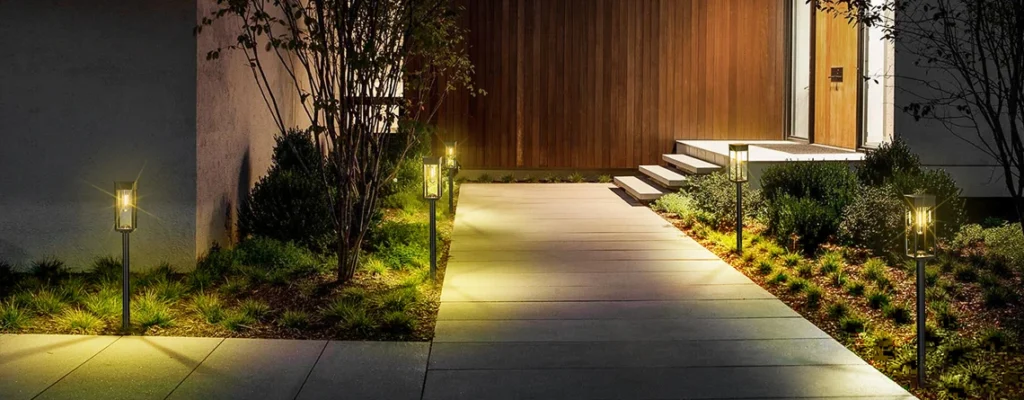
Keeping the Light Sensor in Top Shape
Maintaining the light sensor ensures your solar garden lights deliver consistent performance. Consider these tips:
- Clean Regularly: Every couple of months, gently wipe the sensor area to remove grime or pollen.
- Clear the Surroundings: Prevent plants or decorations from shadowing the sensor, keeping its exposure unobstructed.
- Inspect for Wear: Check the lamp housing and sensor for signs of damage, addressing issues promptly.
- Mind Placement: Avoid positioning near artificial lights that might trick the sensor into misreading daylight.
With proper care, the light sensor will continue supporting the durability of solar garden lights, keeping your outdoor spaces beautifully lit.
Innovations in Light Sensor Technology
The evolution of solar-powered lighting solutions has brought advancements to light sensors. Modern units might employ phototransistors or sophisticated integrated circuits, offering sharper detection and fewer errors from artificial light. Some even feature adjustable sensitivity via smart controllers, letting users tweak how the sensor responds to light levels—a boon for customizing energy efficiency in solar lighting.
The Bigger Picture: Energy Efficiency and Sustainability
The light sensor ties directly into the eco-friendly ethos of solar garden lights. By limiting operation to when it’s truly needed, it optimizes the use of stored solar energy, a critical factor in areas with scarce sunlight. This precision not only boosts the durability of solar garden lights but also underscores their role as a sustainable alternative to conventional lighting, reducing carbon footprints one garden at a time.
Practical Applications Beyond the Garden
While this article focuses on solar garden lights, the principles of light sensor placement and function apply to other solar-powered lighting solutions, like streetlights or security fixtures. Understanding its role can inspire readers to explore broader uses of solar technology, amplifying its impact on energy conservation.
Conclusion
The light sensor on a solar garden light is most often found near the solar panel or on the lamp housing, serving as the unsung hero of its automated, energy-saving operation. For enthusiasts and homeowners alike, knowing its location empowers effective maintenance and troubleshooting, ensuring these lights shine reliably night after night. As eco-friendly lighting continues to grow in popularity, the humble light sensor remains a vital component, blending practicality with sustainability to illuminate outdoor spaces in harmony with the environment.



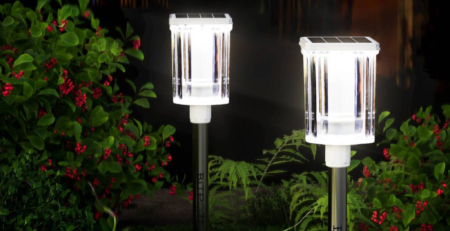
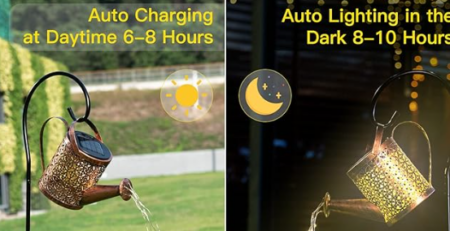

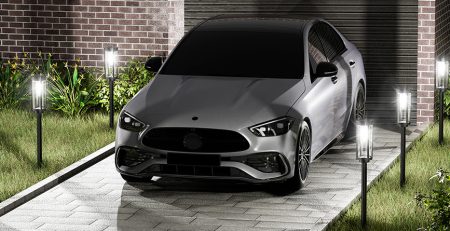

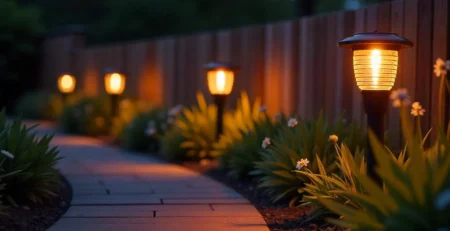
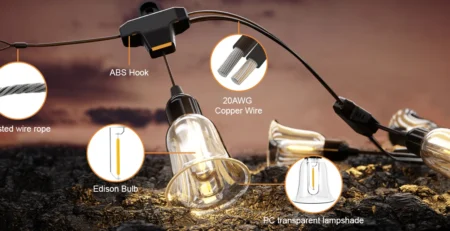
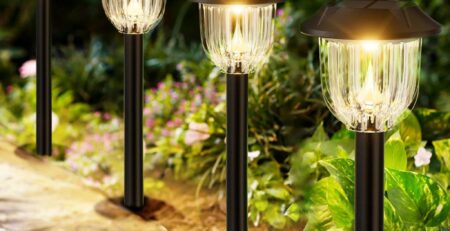
Leave a Reply